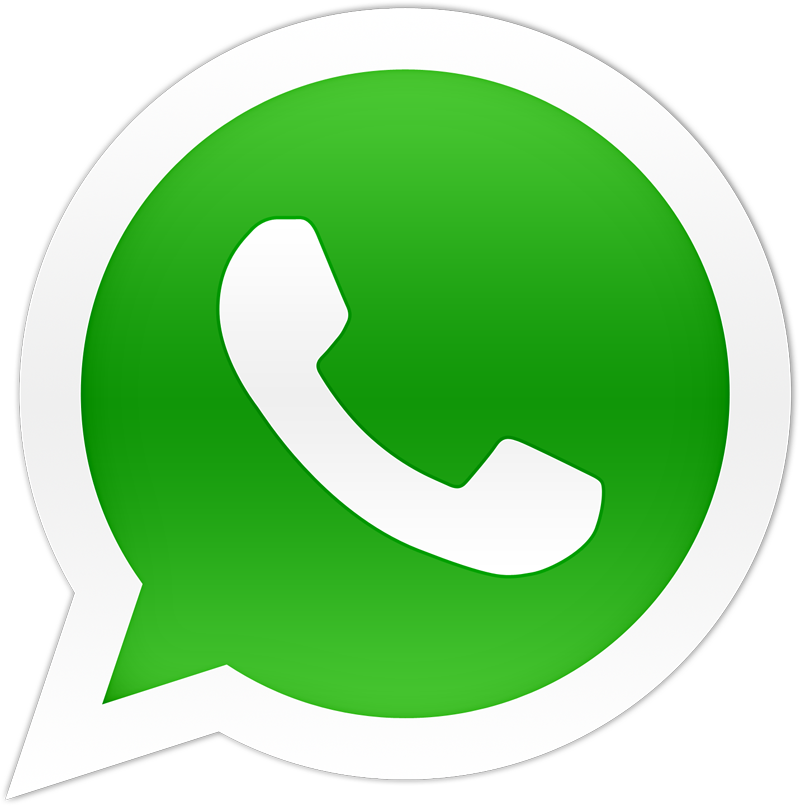
Who Else Wanted to Buy WhatsApp?
Facebook inked its largest deal ever last week with the $19Bn acquisition of messaging software provider WhatsApp. As analysts go back and forth on the fairness of the valuation, we can’t help but wonder who else might have been interested in buying WhatsApp had its valuation been inline with its publicly traded peers.
What do we mean? Well, with estimated revenue of $20mm last year, the $19Bn selling price implies a valuation of 950x revenue. A multiple of 950x is the sort of premium valuation that can only be undertaken by a strategic acquirer, for which the (a) non-financial factors, (b) synergies, and (c) competitive advantages of a transaction could even potentially justify the price paid.
However a quick look at WhatsApp’s comparables shows that the average enterprise value (“EV”) / revenue multiple of social media peers is closer to 25x. See Exhibit A.
Exhibit A: Valuation multiples for WhatsApp’s comparables
If we applied this to WhatsApp’s estimated 2013 revenue of $20mm, this would imply a sale price of $515mm, assuming no control premium. Even at the peer maximum of 43x EV / revenue (this is the multiple at which Twitter is currently trading), WhatsApp would be selling for little more than $850mm. This begs the question, what would its buyer list look like if WhatsApp were sold at a normal valuation multiple?
In order to answer this question, this morning we started by taking WhatsApp, creating an Opportunity on the Axial network, running it through the recommendation engine, and then looking at the buyer recommendations…
Step 1:
We started by writing out a brief overview of the sellside asset which — in this case — is WhatsApp. We gave the opportunity a general headline of “Mobile Communications Application Company for Sale” and a Project Name. This Project Name is for internal tracking purposes only — so that your team knows to which “mobile messaging app” asset this opportunity is referring — and is optional.
Next, we wrote out a brief description of the opportunity, including a quick overview of the company, its business model, what it would like to accomplish (e.g., raise equity, borrow debt, sell outright, divest a division, execute a management buyback, etc.) and with whom it would like to engage (e.g., investment bankers, legal counsel, PE funds, independent sponsors, etc.). See Exhibit B.
Exhibit B: crafting the sellside description
Step 2:
Second, we flipped over to the Transaction Type tab. Masquerading as an executive of WhatsApp, we checked the box next to “I am an owner/officer of the company” under Role and “To sell the company” under Objective. See Exhibit C.
Exhibit C: summarizing the transaction
Step 3:
WhatsApp is headquartered in Menlo Park, California. On the Geography tab, we selected United States for the HQ country and California for the HQ state. See Exhibit D.
Exhibit D: identifying the geography
Step 4:
Next, we moved to the Industry tab.
WhatsApp falls squarely into the Technology sector, and within that, it falls under the Application Software and Internet Software & Services subcategory. See Exhibit E.
Exhibit E: selecting the industry
Step 5:
Finally, we move on to the last — and in this case, trickiest — tab. The financials.
We want to input 2012, 2013 and estimated 2014 revenue and EBITDA figures for WhatsApp. These are much more exact for real opportunities because the owner or advisor of any company will have detailed historical and projected financials, but since we’re running the opportunity for a company we don’t know, we’re going to triangulate in on the actual figures based off of publicly available data. Unfortunately, to date, there have been no WhatsApp company financials released.
However as discussed at the outset of this article, WhatsApp has been quoted as having revenue of approximately $20mm last year. We can use this as a rough estimate for 2013 revenue.
Moreover, we’ve been told that the company broke even (became profitable) last year. We don’t know how much profit this implies, however. In addition, even if we did, profit is not comparable to EBITDA.
That said, for the sake of creating an Opportunity summary, we can simplify this profit figure to some nominal amount of 2013 EBITDA. In this case, we chose $1mm for 2013 EBITDA.
Moving on to 2014 numbers, we know that WhatsApp’s current user base is quoted at 465 million users. We also know that the company makes money through a subscription model whereby the first year is free, and the user is charged $0.99 per year thereafter. If we assume that every one of WhatsApp’s current users are turned into paying customers by the end of 2014, this would mean revenue of $465mm in 2014. We input that for estimated 2014 revenue.
In order to forecast 2014 EBITDA, we have to do some extrapolating. We have no way of knowing how much operating profit WhatsApp will bring in in 2014. However by taking a quick look at the comps, we can deduce that the average peer EBITDA margin in 2013 was 30.2% of revenue. See Exhibit F.
Exhibit F: Margin detail for WhatsApp’s comparables
If we apply this EBITDA margin to our forecasted WhatsApp revenue for 2014 of $465mm, this gives us $140mm in 2014 EBITDA. We input this as the estimated 2014 EBITDA.
Finally, we move on to 2012 financials. While we don’t have any estimates of historical revenue, we do know that WhatsApp had roughly 419mm users at the end of Year 4 (on a scale of years since inception; correlates closely to calendar year 2013) and roughly 200mm users at the end of Year 3 (correlates closely to calendar year 2012). See Exhibit G.
Exhibit G: WhatsApp user growth
Source: Facebook shareholder relations
This means that there were approximately 50% as many users in 2012 as there were in 2013. Moreover, we know that WhatsApp’s 2013 revenue was roughly $20mm. And since under the company’s subscription model, each member is worth $1 of revenue after the first year, we can assume that there was roughly $10mm of revenue in 2012. We input this into the financial tab and indicate that it’s an estimate by checking the box below.
Finally, we know that the company broke even in 2013, so it therefore did not make a profit in 2012. In fact, because the company has been investing heavily in growth, the 2012 EBITDA is actually negative. However for simplicity, we input a 2012 EBITDA estimate of $0mm. See Exhibit H.
Exhibit H: summarizing WhatsApp’s financials
Step 6:
Finally, we get to the recommendations. This is the list of strategic buyers that would be interested in WhatsApp based on the information we entered. See Exhibit I.
Exhibit I: buyer list
Based on WhatsApp’s profile and our filter for corporate acquirers, there were 22 matched buyers. These are members on the Axial network that are actively seeking an acquisition target that exactly matches WhatsApp’s profile. Among others, the list included Google, Lenovo, AT&T, and Adobe, along with the world’s third largest IT services provider, Fujitsu.
What this shows is that — looking at strategic acquirers alone — there are over 20 buyers in the US that are actively looking for opportunities precisely like WhatsApp. While many of them couldn’t pay the $19Bn ticket price, almost all of them could pay a reasonable valuation at a high-growth social media enterprise multiple of 25x revenue. And what this means is that, although WhatsApp is off the table, you don’t have to be WhatsApp to have a really robust buyer list.
